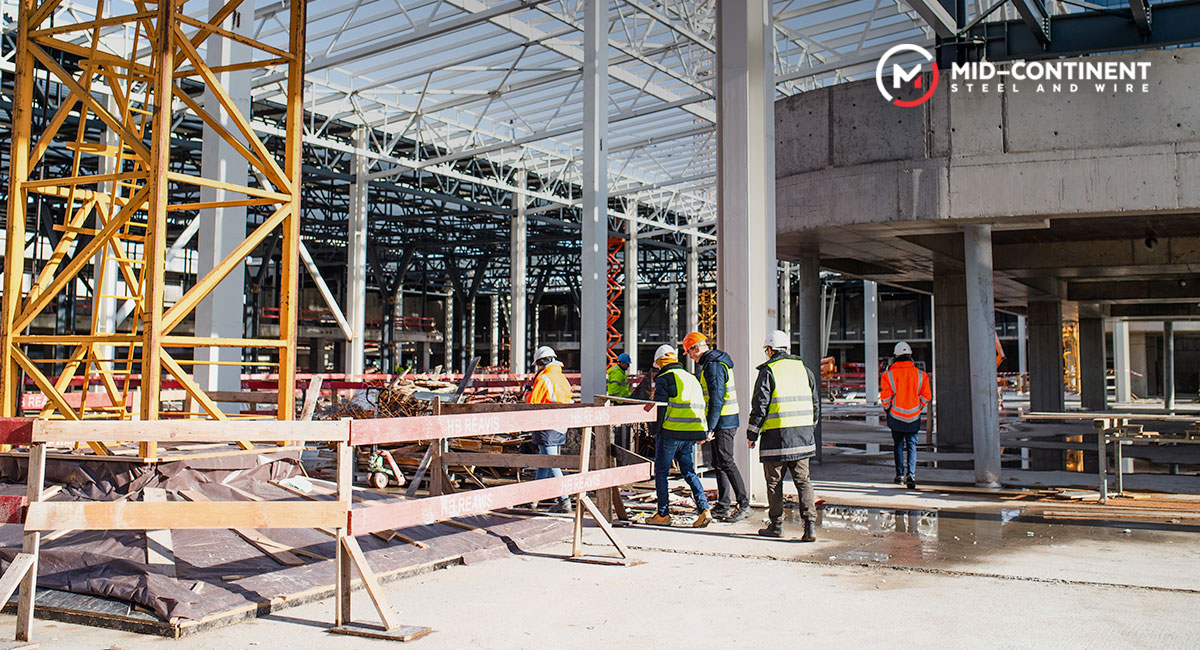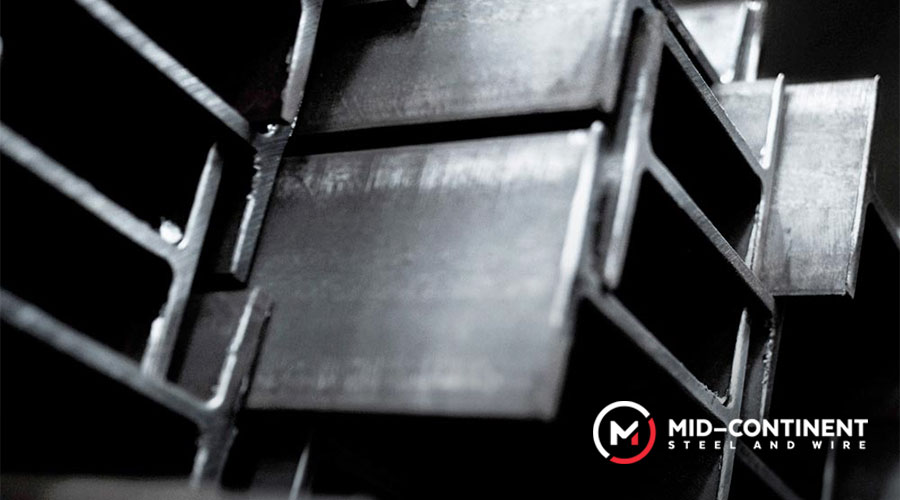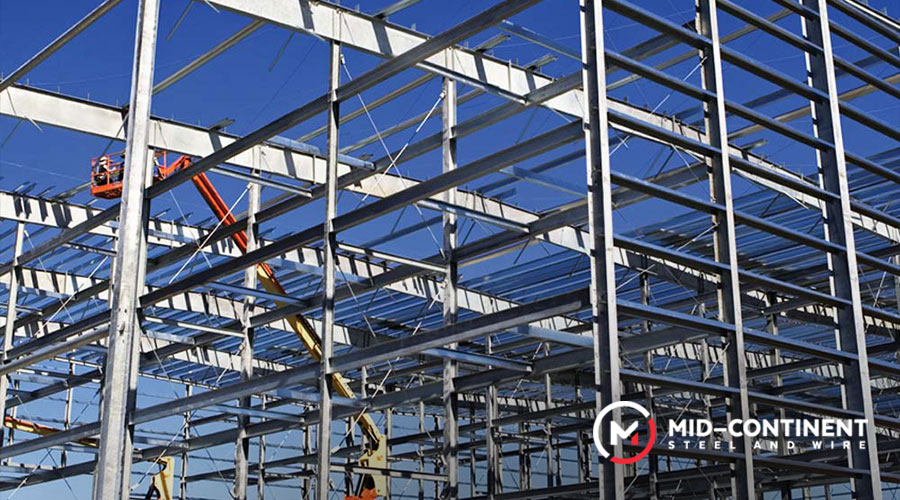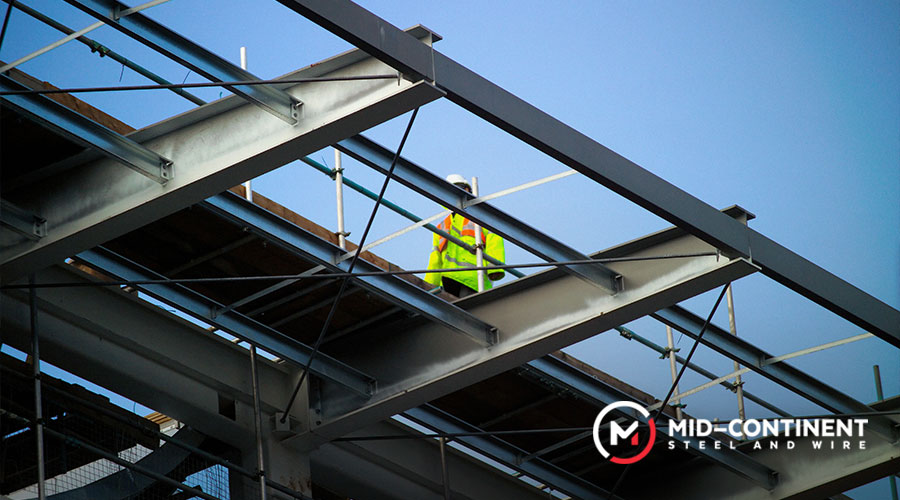
Structural steel plays a very important role in modern construction, offering strength, durability, and adaptability to support buildings and infrastructure. This exceptional material has transformed the way architects and engineers approach the design and construction of large-scale projects. In this guide, we’ll dive into the key elements involved in structural steel design and the reasons it remains a preferred choice in the modern building environment.

Key components of structural steel
Structural steel is fabricated into various shapes and elements that form the framework of buildings, bridges, and other structures. Each component plays a specific role in ensuring stability, strength, and overall performance. Here are the most common structural steel components:
Beams
Beams are horizontal members that support loads from floors and roofs. They transfer these loads to columns and are typically made in various shapes to suit different load-bearing requirements. Common types include:
- I-beams
- H-beams
- Wide flange beams
Columns
Columns are vertical members that bear loads from beams, floors, and roofs, transferring the weight down to the foundation. They can be:
- Square
- Rectangular
- Circular
- Tubular
Channels (C-sections)
Used for framing, bracing, and other support structures.
- Shaped like a “C,” ideal for lighter loads and where space is limited.Trusses
Angles (L-sections)
Provide support for connections and reinforcement in framing.
- Commonly used in bracing, edge support, and framing corners.

Advantages of structural steel
Structural steel offers numerous benefits over other building materials. It provides reliable performance and long-term value. Its ability to be fabricated into various shapes and sizes allows for greater efficiency in architectural and engineering designs. These are some of its main benefits:
- High strength-to-weight ratio: Steel provides exceptional strength while keeping the overall weight of the structure low.
- Durability: Steel structures can last for decades with proper maintenance.
- Flexibility: Steel can be easily modified or expanded to accommodate changing needs.
- Speed of construction: Prefabrication of steel components allows for faster on-site assembly.
- Sustainability: Steel is 100% recyclable, making it an environmentally friendly choice.
Design considerations
When designing with structural steel, engineers must consider several factors:
- Load calculations: Determining the dead loads, live loads, and environmental loads the structure will face.
- Material selection: Choosing the appropriate grade of steel for the specific application.
- Connection design: Making sure that joints can effectively transfer loads between members.
- Corrosion protection: Implementing measures to prevent rust and deterioration.

Future trends and innovations
The field of structural steel design is constantly evolving. Some exciting trends include:
- High-strength steels: Development of stronger alloys that allow for lighter, more efficient structures.
- Green building integration: Incorporating sustainable design principles into steel structures.
- Smart structures: Integration of sensors and adaptive systems for improved performance and safety.
Mid-Continent Steel and Wire gets you!
Structural steel design is a fascinating field that combines engineering principles, material science, and creative problem-solving. By understanding the key components and techniques used in structural steel construction, we can appreciate the complexity and ingenuity behind the buildings and infrastructure that shape our world. As technology advances and new challenges arise, structural steel will continue to play an essential role in shaping the future of construction.

